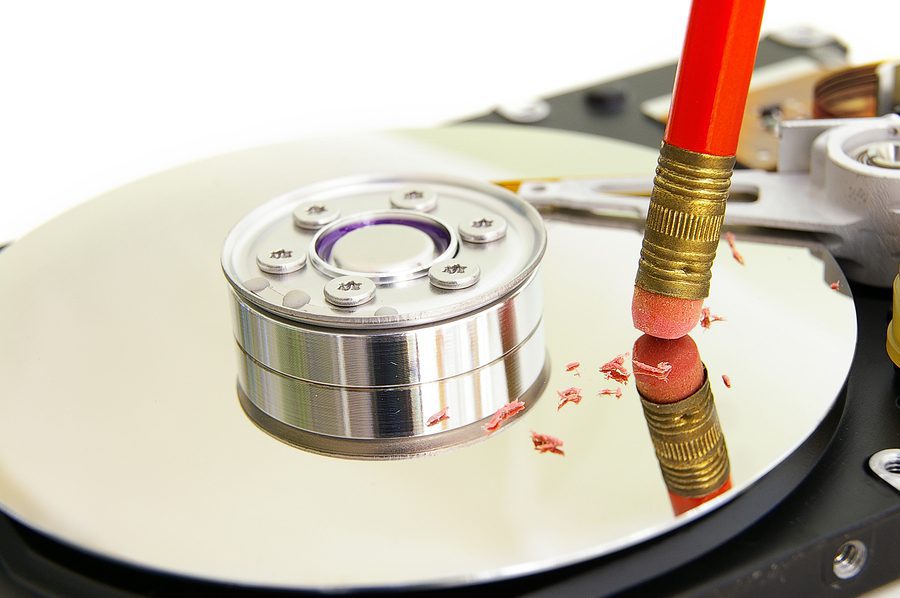6 Ways Your Data Isn’t Gone When You Erase Your Hard Drive

If you have digital data that you want to get rid of permanently, you need to be careful in making sure that you delete all traces. In this day and age, getting rid of data can be more difficult than it seems. For example, if you have an old external hard drive with data on it that you want to destroy, then destroying that hard drive can be more challenging than you might think. The following are a few methods that people often use to try and destroy their external hard drives – but may leave your information exposed.
1. Wiping the data from the hard drive
You would think that deleting the data on your hard drive would get rid of that data, but it doesn’t–not permanently, anyway. Unfortunately, there is specialized software available that allows individuals to retrieve deleted data on external hard drives at a very high rate of success. This means that if you have sensitive data on your hard drive and it falls into the wrong hands, that data may be retrievable even though you deleted it.
2. Using a magnet to corrupt the data
Back in the day, external hard drives were extremely sensitive and high-powered magnets would be enough to destroy the data on the hard drive. However, new hard drives are incredibly well designed and built, which means it’s going to take a lot more than a few magnets to corrupt the data on your hard drive.
3. Reformatting your hard drive
Even if you fully reformat your hard drive, your data could still be retrieved by specialized software.
4. Storing the hard drive somewhere safe
There’s always going to be a risk involved if you keep sensitive data on your external hard drive. Cybercrime has increased significantly to the point where it doesn’t matter how big your business is, hackers could target your company and the information you keep on your hard drives. Additionally, simply keeping sensitive customer information even if you don’t need it any more might be in violation of privacy laws. Even if you make an effort to store your external hard drives offline in a secure area, the risk that they can be accessed and stolen will still remain.
5. Damaging the hard drive
Physically damaging the hard drive could make it impossible to retrieve the data within. However, simply hitting it with a hammer or throwing it onto the ground may not cause enough damage, meaning that the data could still be retrieved. The hard drive will need to be completely destroyed for the information on it to be irretrievable.
6. Recycling your hard drive
If you send your hard drives out to be destroyed and recycled, you’ll want to make sure that it’s a professional service that has NAID (National Association for Information Destruction) Certification. It is the only true way to be sure your sensitive data is destroyed.
Some of these methods can be effective some of the time, but there’s a risk that you won’t completely destroy the data on the hard drive–or that the data can still be retrieved if the hard drive falls into the wrong hands. If you have sensitive information stored on your external hard drive, then the only sure way to eliminate that data completely is by having the hard drive physically destroyed by a NAID Certified professional data destruction company. For information about our electronic data destruction services, contact us at AccuShred today.








